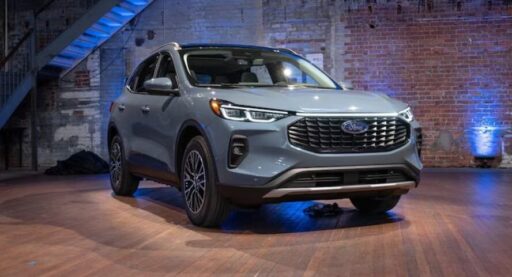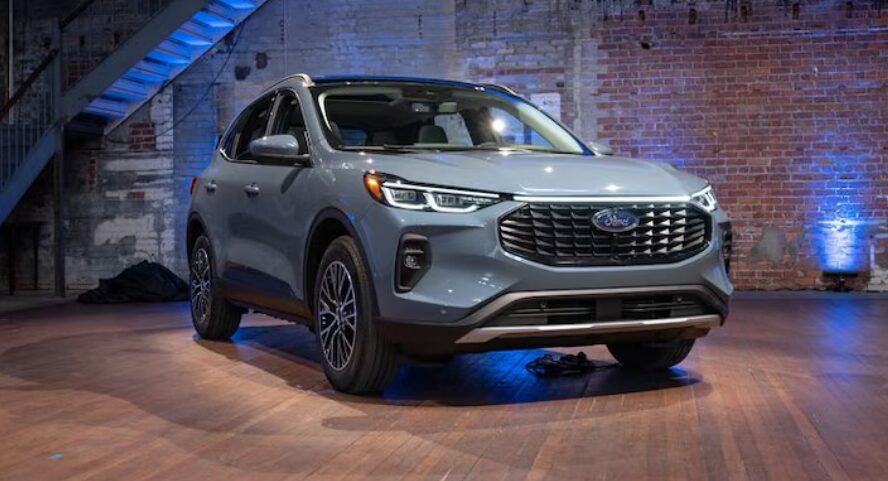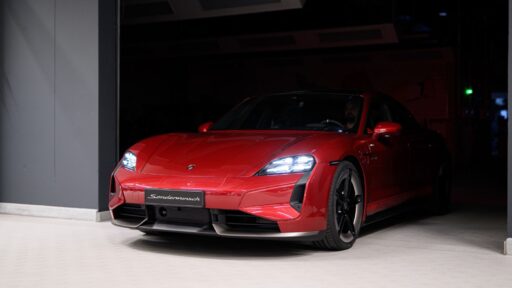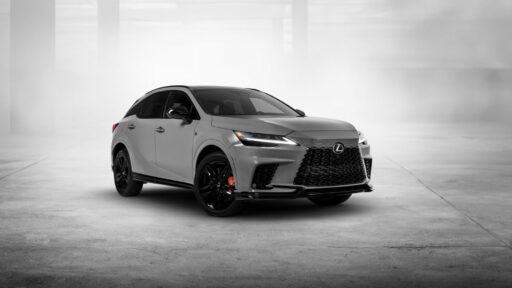During the 2025 Lincoln Navigator’s unveiling at Monterey Car Week, we had the chance to sit down with Ford CEO Jim Farley and other top Ford executives. The conversation naturally veered toward the evolving landscape of electric vehicles (EVs), particularly focusing on Chinese EV manufacturers and the potential for extended-range electric vehicles (EREVs) in both the Chinese and U.S.
markets. Farley highlighted that among Chinese automakers, only BYD and Li Auto have reached profitability, largely due to their diverse powertrain strategies that include hybrids, plug-in hybrids (PHEVs), and EREVs.
READ MORE: Opel Unveils Exclusive Corsa Rally Electric at Gamescom
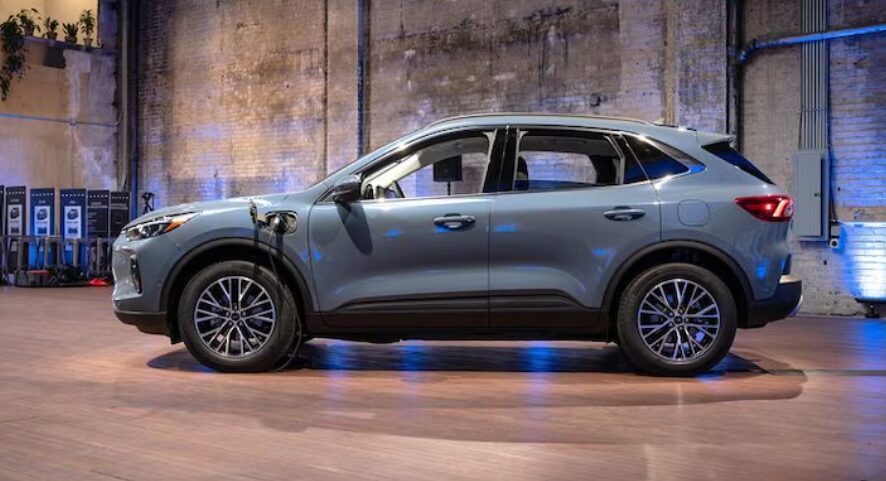
Although Farley didn’t provide concrete details, he hinted at upcoming developments by advising us to “watch out for more news coming soon.” This may have been a nod to Ford’s subsequent announcement about pivoting away from producing a large, three-row battery-electric SUV, shifting instead toward a platform of hybrid-powered SUVs.
Currently, Ford already offers a range of hybrid and electric vehicles, including the Maverick and F-150 Lightning trucks, and the Escape PHEV SUV.
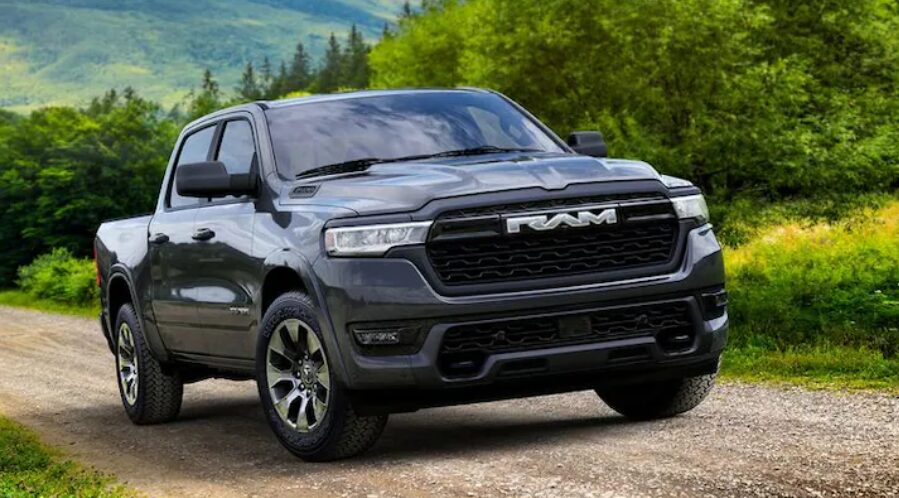
This raises the question: could EREV technology be integrated into future Ford models like the Explorer and Expedition SUVs or even the F-series trucks? According to Sam Abuelsamid, a principal research investigator at Guidehouse Insights, the answer might be yes.
He believes that EREV technology could be an excellent fit for Ford’s F-series trucks, including the heavy-duty Super Duty models. This aligns with Ford’s June 2024 announcement of plans to build Super Duty trucks with “multi-energy technology” at its Oakville, Ontario facility.
So, what exactly sets an EREV apart from a PHEV? While PHEVs operate as regular hybrids with the added ability to run on electric power alone for short distances, EREVs are essentially electric vehicles with a twist—they come equipped with an internal-combustion engine that acts solely as a generator, extending the driving range beyond what the battery alone can provide.
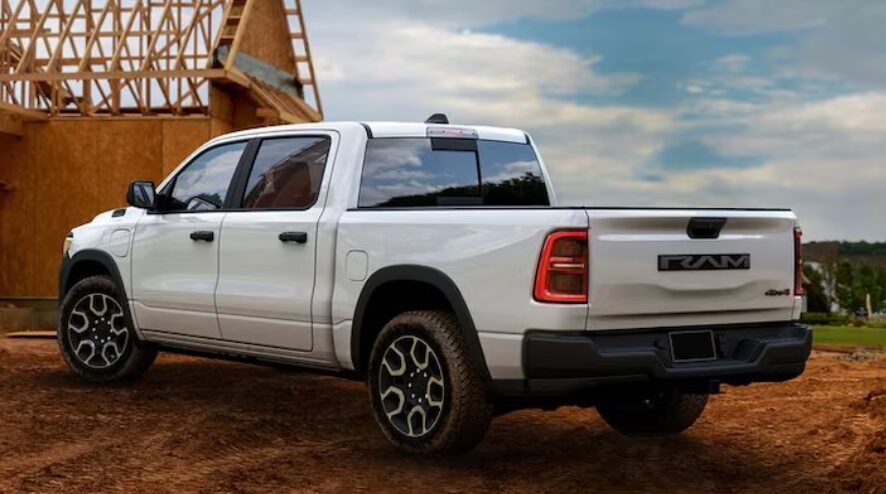
The appeal of EREVs lies in their ability to balance battery size and cost with practical driving range. This makes them particularly suitable for larger vehicles like trucks and SUVs, which have more space for dual powertrains and typically require more energy to perform tasks like towing.
EREVs allow for smaller, less expensive batteries that handle everyday driving, while the gas engine kicks in for longer trips or heavier loads. This dual setup could offer a more practical solution for drivers who need the power and range of a traditional truck without the limitations of a fully electric vehicle.
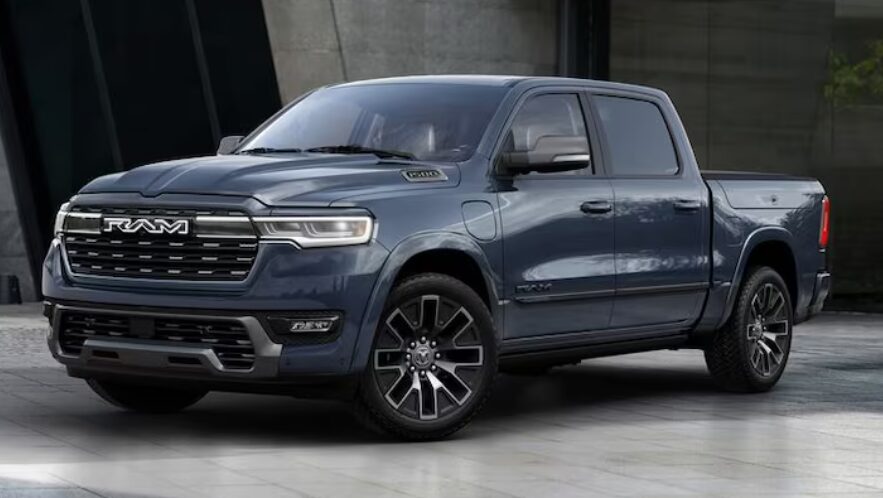
Abuelsamid points to the Ram 1500 REV and Ramcharger EREV trucks as examples of how EREV technology can be more cost-effective while maintaining capability. For instance, the Ramcharger’s smaller 90-92 kWh battery is significantly cheaper to produce than the 160-kWh battery in the standard Ram REV electric truck.
Adding a gas-powered Pentastar V-6 as a generator, the Ramcharger can offer up to 690 miles of total range, with the convenience of quick refueling stops rather than lengthy charging sessions.
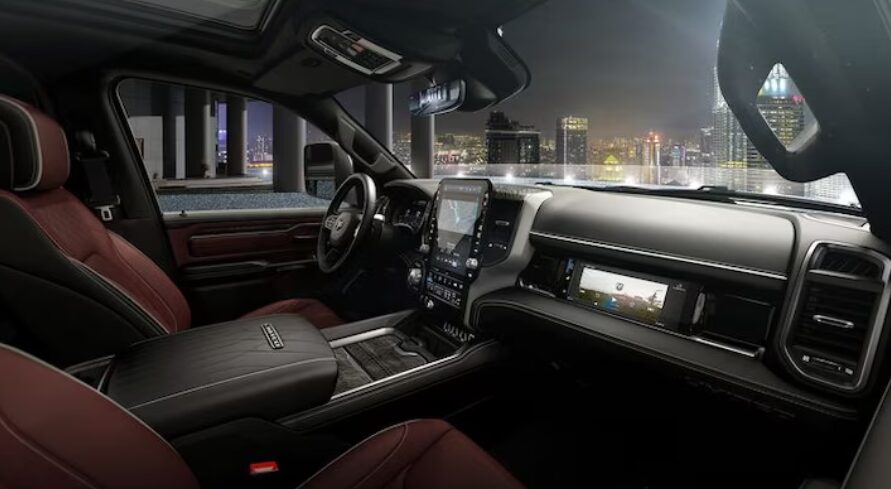
As for Ford, Abuelsamid speculates that the company might opt for one of its existing engines, like the 2.7-liter or 3.5-liter EcoBoost V-6, as the generator in an EREV version of the F-series trucks. These engines are already used across the F-150 lineup and would save on weight compared to larger options. However, a simpler, non-turbo 3.5-liter V-6, similar to what powers Ford’s Transit vans, could also be a viable, cost-effective choice.
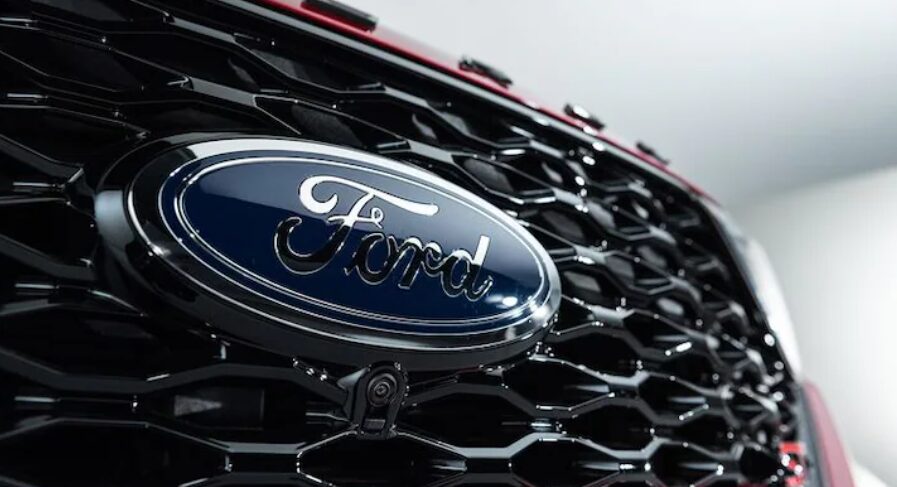
While Ford’s official stance is that it’s refocusing on more affordable EV options, the shift towards EREVs for large SUVs and trucks seems logical. Despite being more complex than purely electric setups, EREVs could mitigate concerns about range and recharging, which remain significant barriers to widespread EV adoption.
For many consumers, the flexibility and convenience of an EREV could be the key to embracing electric mobility without sacrificing the practicality of a traditional combustion engine vehicle.
READ MORE: Hyundai Tops J.D. Power U.S. Tech Experience Index for Fifth Year
Subscribe today for the freshest car news delivered to your inbox
